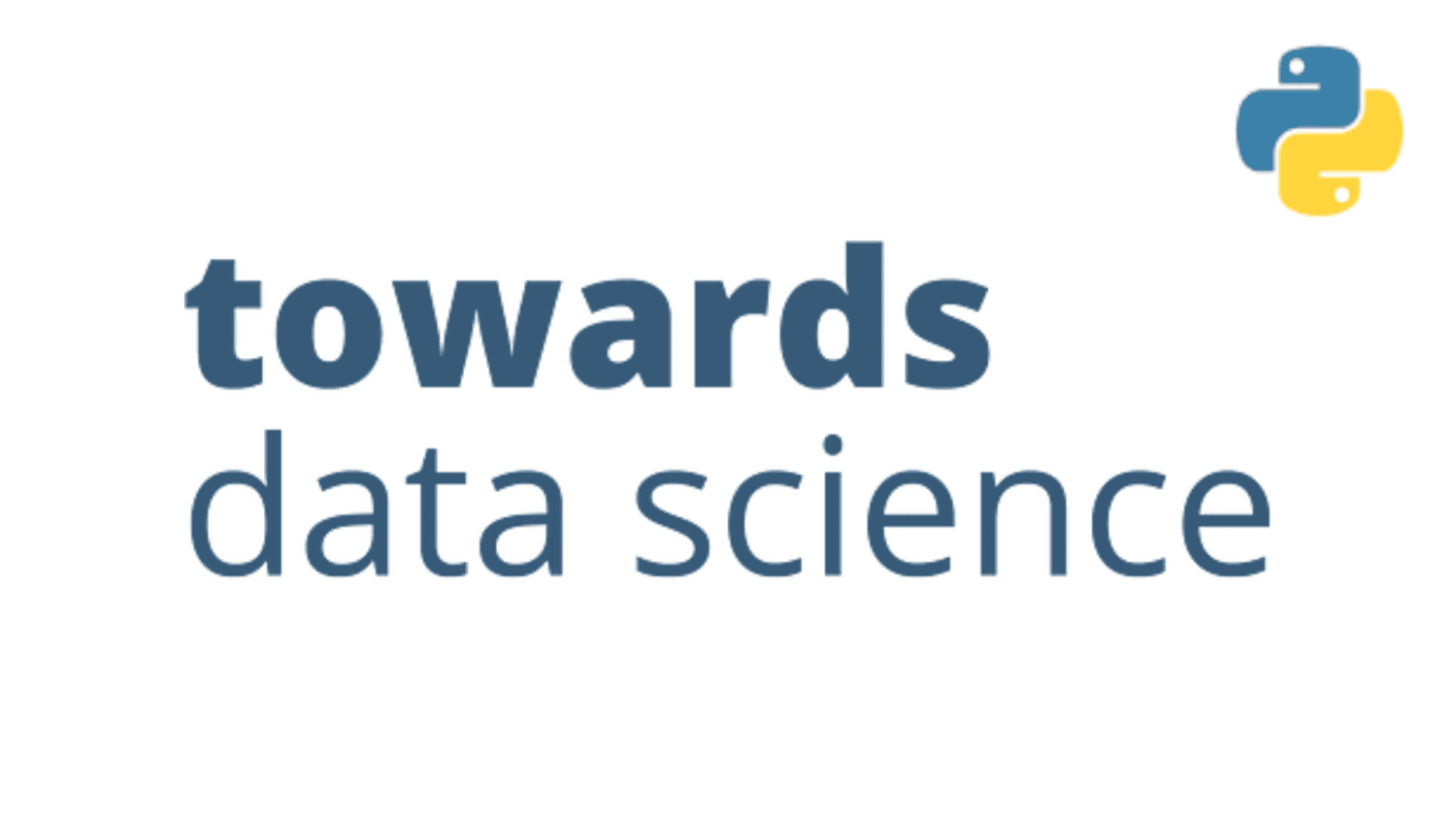
Qubit Magic: Creating Mythical Creatures with Quantum Computing
Generating beautiful images with qubits and large language models.

Generating beautiful images with qubits and large language models.
Table of Contents CycleGAN: Unpaired Image-to-Image Translation (Part 3) Configuring Your Development Environment Need Help Configuring Your Development Environment? Project Structure Implementing CycleGAN Training Implementing Training Callback Implementing Data Pipeline and Model Training Perform Image-to-Image Translation Summary Citation Information CycleGAN:…
The post CycleGAN: Unpaired Image-to-Image Translation (Part 3) appeared first on PyImageSearch.
Using Quantum Annealing for Feature Selection in scikit-learn Feature selection for scikit-learn models, for datasets with many features, using quantum processing Feature selection is a…
Machine learning advancements lead to new ways to train models, as well as deceive them. This article discusses ways to train and defend against attacks.
Use 3D to visualize matrix multiplication expressions, attention heads with real weights, and more.
Since the release of ChatGPT, Large language models (LLMs) have received a huge amount of attention in both industry and the media; resulting in an…
